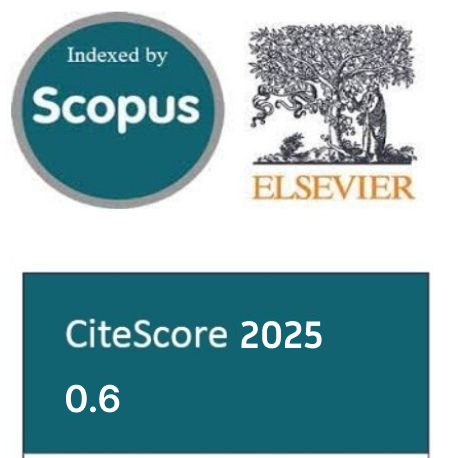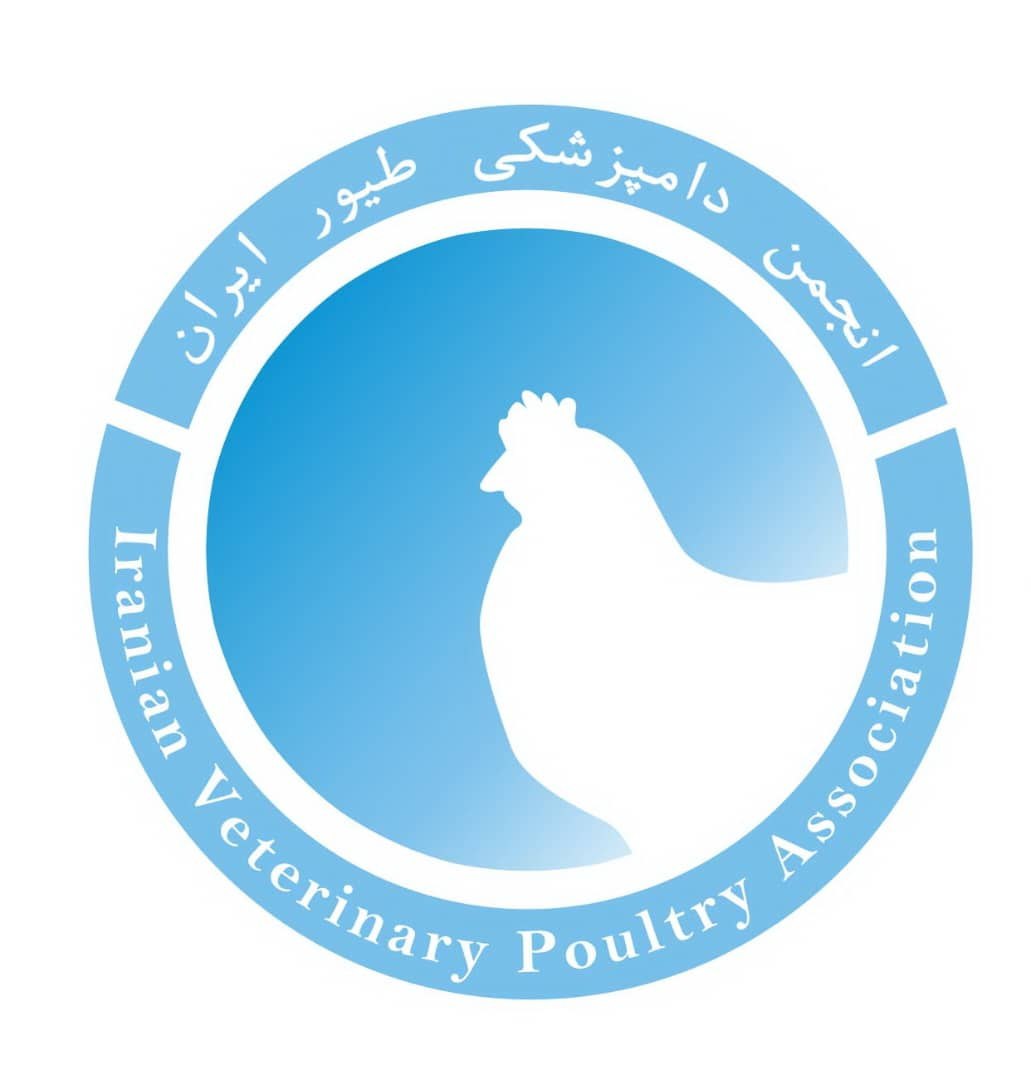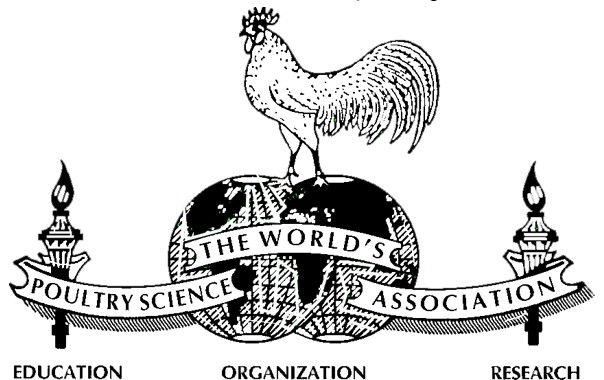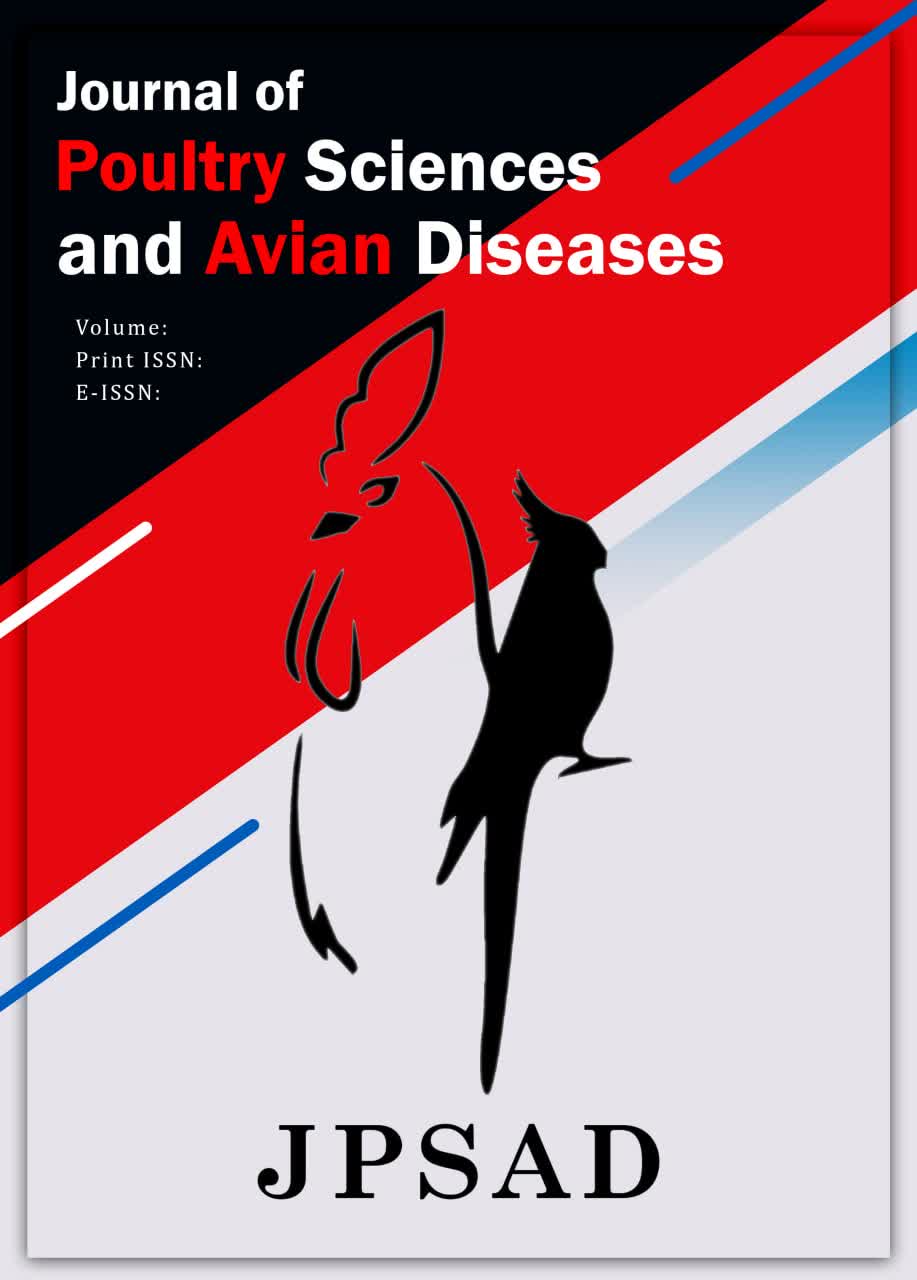Dengue Fever and Novel Detection Methods Based on Biosensors
Keywords:
Dengue Fever, Aedes Mosquito, Clinical Symptoms, Diagnosis, Electrochemical Biosensor, Viral Disease.Abstract
Dengue fever, a mosquito-borne viral infection, poses a significant global health threat, and early diagnosis is crucial for effective disease management. Infection of humans usually occurs through infected Aedes mosquitoes such as Aedes aegypti or Aedes albopictus with the dengue fever virus. The spectrum of disease ranges from asymptomatic infection and mild febrile illness (dengue fever) to more serious symptoms such as dengue hemorrhagic fever and dengue shock syndrome. Dengue fever is characterized by severe headache, high fever, skin rash, muscle and joint pain, nausea, and vomiting. Dengue hemorrhagic fever is characterized by high fever, an enlarged liver, hemorrhagic phenomena, shock, and often cardiovascular disorders. Dengue fever is transmitted through urban bicycle (human transmission cycle) and Sylvatic (animal transmission cycle). The demand for early detection of this virus has increased to control the spread of infectious diseases and protect humankind from its harmful effects. For laboratory diagnosis of this virus, various methods can be employed to detect the virus itself, viral nucleic acids, antibodies, or antigens, or a combination of these approaches can be used. Recently, biosensors have been found to be a potential tool to detect and quantify the virus with fast detection, relatively cost-effective, high sensitivity, and selectivity compared to conventional diagnostic methods such as immunological and molecular techniques. Mostly, biosensors employ electrochemical detection techniques with transducers, owing to their easy construction, low cost, ease of use, and portability.
Downloads

Downloads
Published
Issue
Section
License
Copyright (c) 2024 Mahsa Kalantar, Ali Hossein Rezayan, Hassan Hajghaseem (Author)

This work is licensed under a Creative Commons Attribution-NonCommercial 4.0 International License.

















